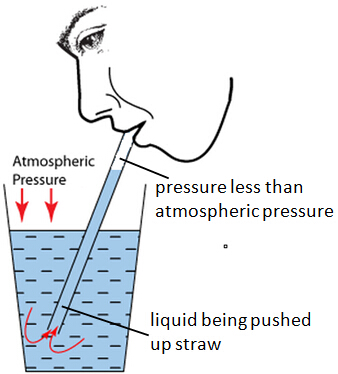1.Max Planck and his theory of energy?

*If the energy has a low wavelength than its intensity is better than that of a low wavelength.
This theory helped Bohr create an accurate formula for the energy levels of an atom, which explained how electrons could jump from one orbit to another by emitting or absorbing energy.

*Ignore their explanation. So basically an electron orbits around the nucleus. Each orbit has a different amount of energy needed for an electron to jump into it. The greater distance an electron is away from the nucleus the more energy an electron needs.
Personally, I enjoyed learning about Max Planck’s theory, because even though he didn’t believe it was revolutionary back then, it actually had made a huge impact in how we see energy.
2. Atomic Model
In J.J Thomson's Plum Pudding Model, the pudding represented a positively charged filling with negatively charged particles floating in it, the raisins. The positively charged filling had practically the same consistency in the atom/ It had remained the dominant theory of the atom until 1908. His theory seemed pretty solid, however, they was one issue. The orbiting electrons would eventually collapse, making the atom unstable, because of the energy expended would cause it. Hence Bohr's explanation of Stability. He proposed a quantum theory of electron rotation. When an atom would gain or lose energy, the electrons would either jump to the higher or lower orbits and they would travel in definite orbits around the positive nucleus. It was a hard concept to understand, but later experiments on the hydrogen atom would prove his theory to be correct. This completed the Planetary Rotation and replaced Thomson's atomic model.
I actually enjoyed learning about this, not that I don't enjoying learning in chemistry, but I do like knowing how our idea of the atom started off as a positive filling with electrons just floating about to what we know now today. I most enjoyed reading about the Planetary Rotation theory of Rutherford, because it made it easier to understand that an atom was like our solar system.
3. Spectroscopy
The light was caused by a change in the energies of the orbiting electrons, like an electron dropping from an outer ring to one closer to the central nucleus. Before I explain why, in the cases that we observed spectroscopy through flame tests, life-savers, etc., were not a complete, continuous rainbow of colors, let me first explain what a continuous spectrum is. When you shine a white light through a prism, you'll notice a rainbow colors and the reason for it is dispersion, which happens, because light of different wavelengths refracts by different amounts inside of the prism.

(*The results of the dispersion of a light by a prism, creating a rainbow.)
 So then how come the when we tested out these other things, we got a spectrum that contained gaps, that were not a continuous spectrum. The gaps between a spectrum are called absorption lines. Certain elements, such as hydrogen and helium, when something is shone through, they absorb the energy, but only the electromagnetic waves that are just the
So then how come the when we tested out these other things, we got a spectrum that contained gaps, that were not a continuous spectrum. The gaps between a spectrum are called absorption lines. Certain elements, such as hydrogen and helium, when something is shone through, they absorb the energy, but only the electromagnetic waves that are just the (*Elements need this kind of energy, hence the
reason you can't see this specific color when passed
through the specific element. Absorption lines...)
right color to correspond with the energy that they need. Then there is the emission spectrum, the polar opposite of the absorption spectrum, where instead of getting a continuous spectrum of colors with only a few particular colors missing, you only get to see a few colors.
My explanation might explain the reason why you can't see certain colors when you pass light through a type of element.
I liked learning about the light spectrum, because it was very intriguing to see the rainbow and each individual color, though my favorite was the flame test, because I liked how the spectrum moved like the flame and fluttered very prettily.













